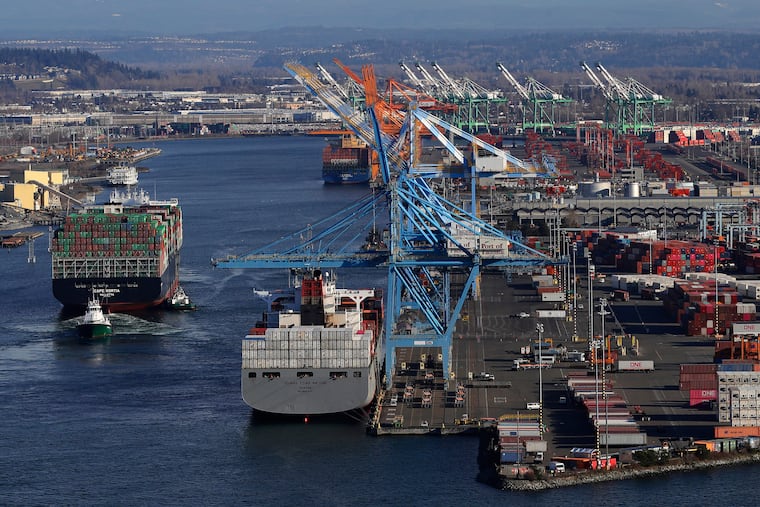Growth trap: The U.S. economy has the jobs but not the workers to fill them
The economy, like any business, can expand in basically two ways. The first is by adding more workers to increase output. The second way is by increasing the output from individual workers.

A long time ago, in a land far, far away, there were forecasts that the economy could grow at a sustained 3% rate. That time, unfortunately, was as recent as a year ago and the land was the United States.
Even though the economy did post several quarters of 3% growth between mid-2017 and mid-2018, it has slowed since and that strong pace now looks like a pipe dream.
Can we get back there? It is hard to see how.
The economy, like any business, can expand in basically two ways. The first is by the use of additional workers to increase output. That can be viewed as the “brute force approach” to growth. Firms bring on more employees and they produce more.
The second way is for workers to become more efficient. Economists call that productivity, which is the amount of output each employee creates. If firms can find ways to get workers to produce more, then they become more efficient.
Consequently, the ability of an economy to grow over time is limited by the ability to hire more workers and/or by the rate of productivity gains. The overall growth rate is determined by how much each expands.
So, how fast will we grow?
Let’s start with the labor side. Currently, the supply of available labor is extremely limited. Indeed, the unemployment rate is the lowest it has been in 66 years. That is really saying something.
But with so few people out of work, it keeps getting harder for firms to find suitable employees. Job gains, while still decent, have been trending downward, in no small part because the number of job openings exceeds the number of people unemployed. The workers are just not there.
So, how do you get more workers? The most obvious way is for people who have been out of the workforce to come back in. Yet despite the huge number of available positions, the labor force participation rate has risen only modestly over the last four years.
The problem is there is a tug-of-war occurring. While younger and discouraged workers are entering the labor market, baby boomers are bailing out. The changing demographics make it is hard to grow the labor supply.
What about bringing back in all those so-called discouraged workers, people who have given up hope finding jobs? Well, that pool is shrinking rapidly. The numbers are down 11% in the last year and nearly 28% in five years.
There are other ways to expand the army of potential workers. Immigration is one, but that is limited right now. Another is to relax drug and background checks, but doing that could create issues for employers.
The economy is largely in a trap: It has the jobs but not the workers to fill them.
Which brings us to the productivity side. To increase efficiency, firms need to pair workers with improving technology. And that is where investment comes in.
One of the strongest arguments for the tax bill was that by reducing the cost of capital spending, firms would increase investment. And that would, hopefully, create a surge in productivity and growth.
So, how did that work out? Not particularly well.
Yes, private nonresidential investment soared in the six months after the tax bill was passed. But then, capital spending on structures, machinery and equipment started to fade. Only purchases of software continued to expand at a robust pace.
Unfortunately, that short spurt in spending on new, more efficient capital has had a downside. With labor limited, only productivity gains could support strong growth. And while output per worker increased temporarily, the recent data are distressing.
Productivity actually declined in the third quarter of 2019, the largest drop in almost four years. Over the past three years, there were only three quarters of solid gains. The annual increases for the past two years are running at about the same pace as they did in the decade before the tax cuts were passed.
So, let’s summarize: The economy expands by increasing the use of labor and through gains in efficiency. Worker shortages and changing demographics are limiting the availability of labor and, despite massive tax incentives, capital spending has slumped, restraining productivity growth.
For the economy, it is “back to the future.” The outlook is for moderate, or more likely sluggish, growth. So, if you enjoyed the conditions in the seven years after the Great Recession ended, you will love what is coming. If you thought that activity was substandard, you could be in for another extended period of disappointing growth.